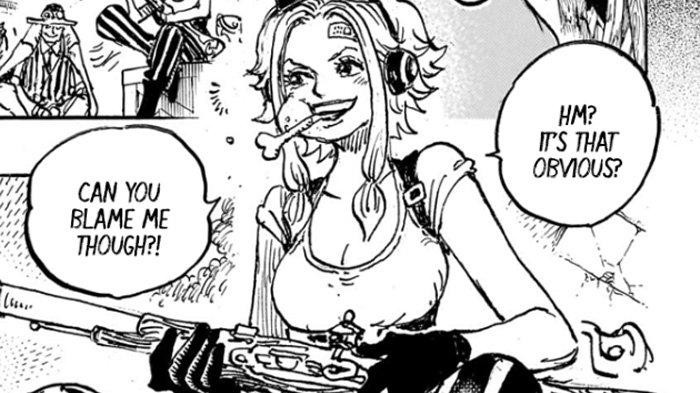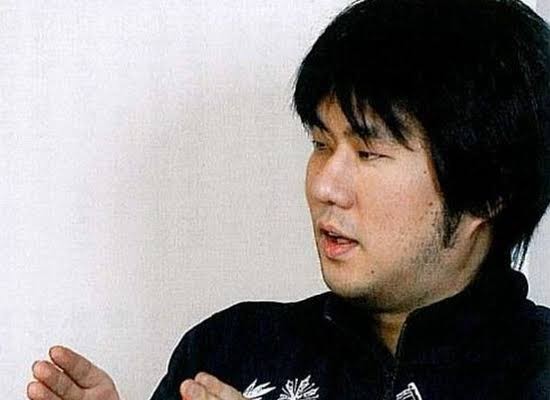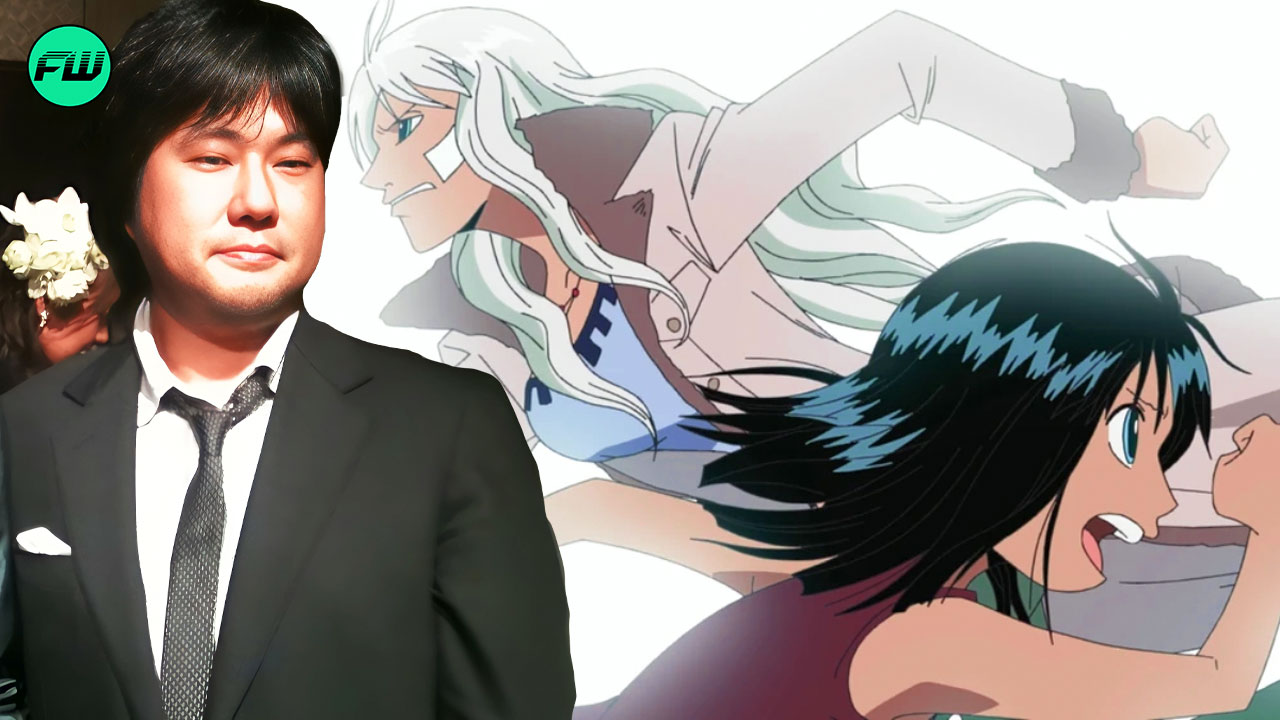The One Piece story is famous for its well-made characters. A strong point is how the creator, Eiichiro Oda, puts a lot of effort into making detailed backgrounds for each character.

Oda often uses flashbacks to add complexity and detail to his world. Fans have noticed a pattern in these flashbacks from the beginning of the story. In almost every flashback, starting with Usopp’s mother’s death in Syrup Village, the theme is that good mothers die. Oda explained this in an interview called SBS.
Bonney’s Mom Died in Chapter 1098, Confirming That There Are No Moms in One Piece
In One Piece Chapter 1098, the story continues with Ginny’s flashback. After Ginny joins the Freedom Fighters in Chapter 1097, she has a good time with the Revolutionary Army. Unfortunately, her happiness ends abruptly when the World Government captures and enslaves her.

She spends two years as a slave in Mariejois until she’s unexpectedly released because she contracts a mysterious and incurable disease called Sapphire Scale. However, by the time she’s released, it’s too late, and she dies, leaving behind a baby named Bonney, who also has the same illness and is destined to die at the age of 10.
Chapter 1098 reveals Ginny’s death from the disease, which, while sad, didn’t surprise fans. The community had anticipated it due to what they jokingly call “the One Piece mother special.”
This refers to the tendency of the manga’s creator, Oda, to frequently have mothers die in flashbacks. Though this is taken lightly as a joke, it’s observed that whenever a mother figure appears in a flashback, fans can reasonably expect that character to meet a tragic end.
Eiichiro Oda Explains Why Mothers Have To Die in One Piece
Ginny’s death is just the latest in a series of sad deaths in One Piece. In the East Blue, it’s clear that moms don’t have a place in the story. These deaths make the characters sad, but they also push them to do things and become who they are. Some people think this is needed for the story to make sense.

But, in an SBS interview (shared by GameRant), the One Piece creator, Eiichiro Oda said his reason was simple. When a fan asked why there are no moms in One Piece, Oda said it’s just for the story.
From a story point of view, not having moms in One Piece has a purpose. It makes the characters face tough things and grow.
Taking away protective and caring figures is a way to make characters go on adventures. Oda wants to write about young characters who can go after their dreams without relying on parents.

